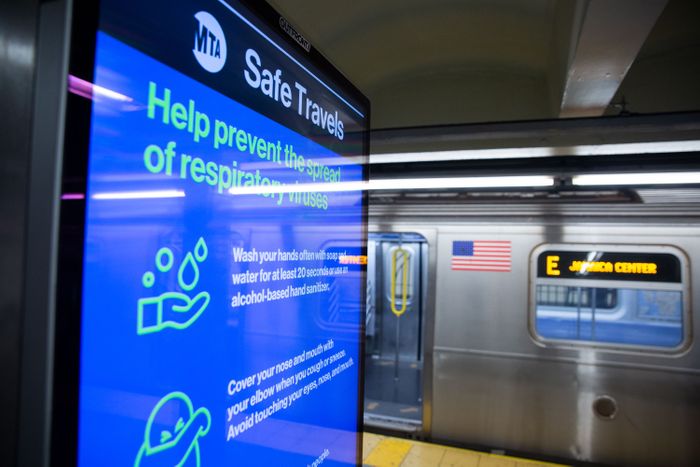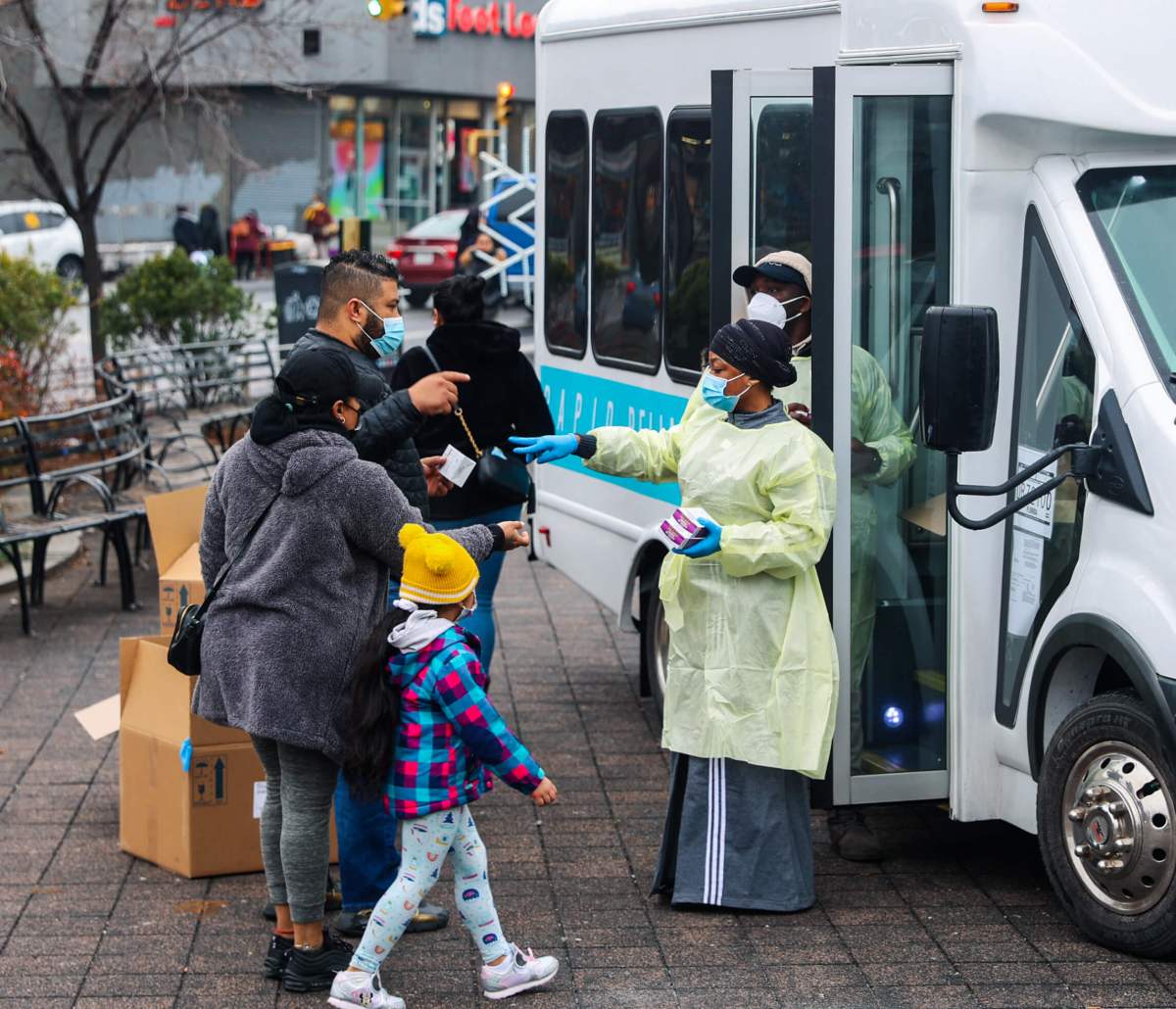By Jose Martinez

This story was originally published on May 19, 2020 by THE CITY.
The coronavirus crisis and computer glitches will delay a key signal upgrade along one of the busiest sections of the subway system by up to six months, MTA records show.
The new signal system stretching from the Union Turnpike station in Queens to the 50th Street stop on the Eighth Avenue line in Manhattan is among the first in what could be many of major capital projects to run into delays — or worse — because of the pandemic.
“We have put in place robust safety guidelines and oversight…and been able to keep almost all of our projects up and running during the COVID-19 health crisis,” the MTA said in a statement to THE CITY. “Currently, we have more than 500 projects reporting each day and only a handful are suspended today related to the pandemic.”
The onset of the COVID-19 pandemic — combined with reliability problems with the new signal system’s software and hardware — has delayed a needed safety certification, records show.
The computerized signal system is expected to boost capacity on the Queens Boulevard stretch of the E, F, M and R lines by allowing trains to run closer together.
Employees charged with testing the system are stuck working from home, said a spokesperson for Siemens, the German industrial giant that was one of two companies awarded a combined $205 million contract for the signaling project.
“We are working with the MTA to minimize this delay,” the spokesperson added.
The L and the No. 7 are the only lines in the subway system equipped with more modern signal technology, while the work on the E, F, M and R lines is 67% complete, according to the MTA. The project’s initial phase was supposed to be operational by March 2021.
In addition, documents show, several planned weekend track outages for signal upgrades along the F line in Brooklyn had to be canceled because of the pandemic.
Billions at Stake
While many MTA construction projects have managed to proceed with minimal interruption during the crisis, the agency will likely have to recast its record $51 billion capital program.
The ambitious blueprint for overhauling the transit system calls for, among other major improvements, making more than 60 stations fully accessible to riders with disabilities and adding 1,900 new subway cars.
“Maintaining and upgrading today’s system must be the MTA’s top priority,” said Colin Wright of TransitCenter, an advocacy group. “That means keeping our tracks, trains and stations in good shape and upgrading the system for people with disabilities.”

The largest capital program in the MTA’s history is on hold while the agency seeks a second, nearly $4 billion injection of emergency federal funding to stem a massive coronavirus-driven shortfall in fare and toll revenue.
Transit officials have acknowledged the hold is affecting 20 subway accessibility projects and Sandy-related repairs on nights and weekends to the F line’s East River tunnel.
The long-term impact on big-ticket capital construction projects remains unclear, though transit officials have said signal upgrades are essential to the subway system’s future.
“They have to plug the holes in their operating budget before they can talk about the capital plan,” said Rachael Fauss of Reinvent Albany, a budget watchdog.
The MTA has held off on awarding new construction contracts until its financial outlook is clearer.
“Fighting for funding, that’s priority No. 1 right now,” Wright said.
This story was originally published by THE CITY, an independent, nonprofit news organization dedicated to hard-hitting reporting that serves the people of New York.





































